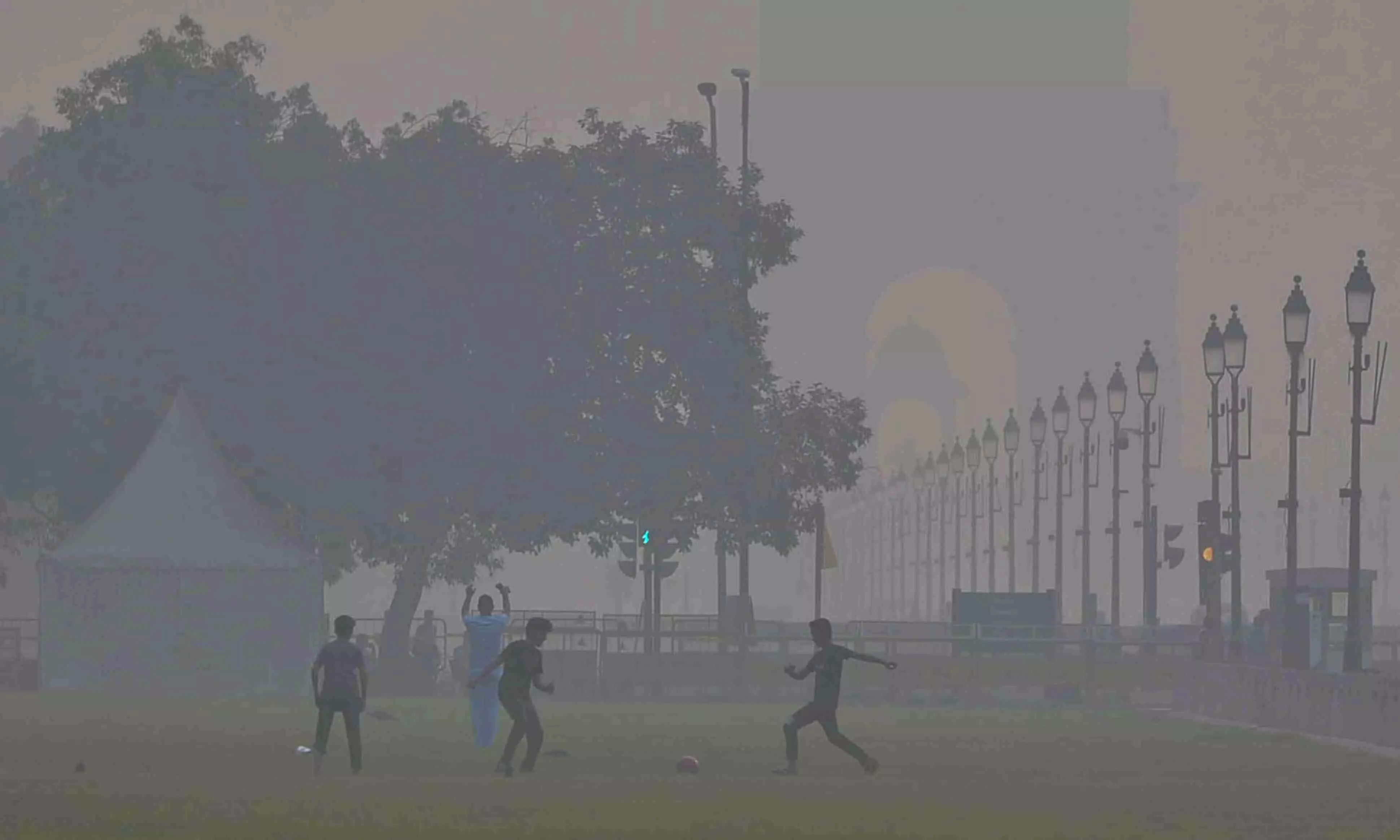
SC judge warns of ‘permanent damage’ as Delhi air quality remains severe
Justice P S Narasimha urges lawyers to choose virtual hearings as Delhi’s toxic air reaches severe levels, warning that exposure may cause permanent health damage

Supreme Court judge Justice P S Narasimha on Thursday (November 13) urged lawyers to make use of the virtual hearing facility instead of attending court in person, as he warned that the toxic air in the National Capital can inflict “permanent damage”.
Citing the hazardous air quality in Delhi-NCR, Justice Narasimha made the observation while sitting on the bench alongside Justice Atul S Chandurkar, during the mentioning of cases.
As the national capital continued to grapple with severe pollution levels, the judge advised advocates to make use of the virtual hearing facility to avoid health risks.
‘Masks not enough’
Upon being informed by Kapil Sibal that several lawyers were already wearing masks in court, Justice Narasimha cautioned that masks alone may not be adequate protection, warning that "the toxic air can cause permanent damage".
Also Read: Delhi steps up crackdown on PUC violations as air quality plunges
The remarks come at a time when the national capital continued to grapple with severe pollution levels. Its air quality has remained in the 'severe' category this week.
Delhi’s air quality remains severe
On Tuesday, Delhi recorded its first 'severe' air quality day of the season with an AQI of 428 at 4 pm, according to the Central Pollution Control Board (CPCB). A similar 'severe' category reading was reported on Wednesday as well.
Air quality in the national capital and its surrounding cities remained a cause of concern on Thursday, with several monitoring stations reporting readings in the severe category.
Also Read: Delhi Pollution: Doctors report sharp rise in eye allergies, irritation
Such levels pose significant health risks, affecting even healthy individuals and severely impacting those with respiratory or cardiac conditions, reported India Today.
Thick smog blanketed Delhi through the morning, with visuals showing major buildings and roads barely visible as pollution intensified.
Variation across locations
The report further stated that the Central Pollution Control Board data indicated sharp variation across locations, with Bawana registering the highest Air Quality Index at 460 at 8 am, while NSIT Dwarka recorded the lowest at 216.
Also Read: AAP, Congress target BJP as Delhi air quality plummets: 'India Gate disappeared'
Other major stations also reported hazardous readings: Anand Vihar (431), Chandni Chowk (455), North Campus DU (414), Dwarka Sector 8 (400), ITO (438), Mundka (438), Narela (432) and Rohini (447). Officials attributed the worsening conditions largely to continued stubble burning in neighbouring states.
Amid the escalating crisis, the Supreme Court directed Punjab and Haryana to submit detailed reports within a week on the measures undertaken to curb crop residue burning. A bench led by Chief Justice BR Gavai stressed the need for concrete evidence of enforcement as Delhi’s air quality dipped to its worst level this season.
(With agency inputs)

